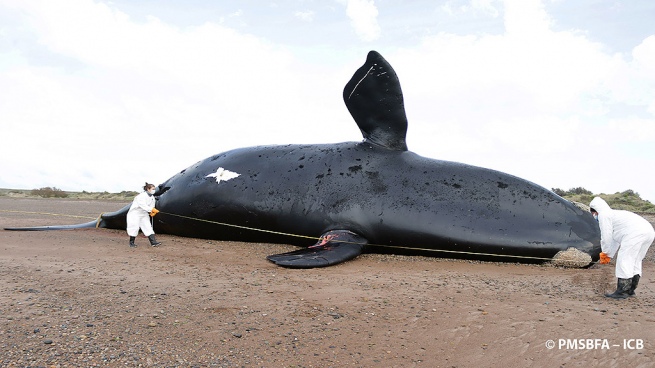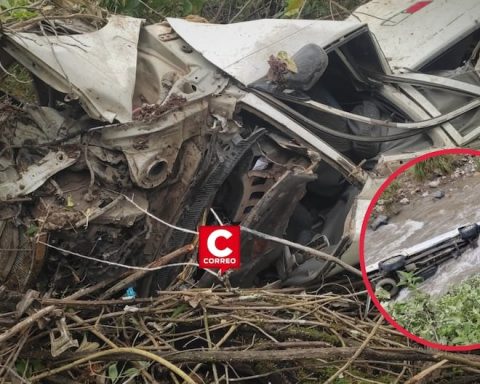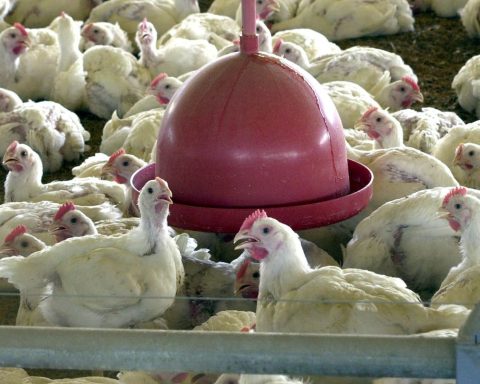The Whale Conservation Institute (ICB) confirmed that it amounted to 30 the number of dead whales in the Golfo Nuevo, on the interior of Península Valdésin the extreme northeast of Chubut.
The information was released on the official Twitter account of that entity, where it is noted that “to date, the count of dead whales is 26 adults and 4 juveniles, totaling 30 this season.”
The report clarifies that “no dead adult or juvenile whales were detected in the San José Gulf,” which is smaller than the Nuevo Gulf and is on the north face of Península Valdés.
“On the contrary, in the Nuevo Gulf, to the 18 individuals already confirmed before, 12 new cases are added,” the report indicates.
— Whale Conservation Institute (@ICB_Argentina) October 13, 2022
So far there is no official confirmation of the causes of death because the laboratory studies of the samples taken from the corpses have not been completed.
However, everything indicates that we are facing high levels of toxins produced by the phenomenon known as “red tide”.
The body count is carried out on those on the coast and everything indicates that the last ones counted are not recent deaths, but rather that they were floating in the gulf and made landfall dragged by the winds.
From the Chubut Environment Directorate it was confirmed that the toxins present in microalgae and molluscs have dropped significantly in recent days.
The explanation for why there are dead whales in the Nuevo Gulf and not in the San José would be that in the latter no whale was seen filtering water to eat
In 2015 and 2021 there were also deaths as a result of the red tide, although not in such a short period of time as in this season.
The deaths can be explained by the eating habits of the species that usually consume Copepods (small beings identified as zooplankton) in the last months of the season, that is, in October and November.
“The whale is a great filter feeder, it eats that way, and, when looking for copepods, it also introduces microalgae with loads of toxins into the body”biologist Mariano Coscarella, a researcher at the National Patagonian Center based in Puerto Madryn, explained to Télam.
The whales were observed “filtering” food from the water in the area known as “El nido”, near Puerto Pirámides, although it is not a common practice because this species charges energy by feeding when it leaves the gulf area.
The explanation for why there are dead whales in the Nuevo Gulf and not in the San José would be that in the latter no whale was seen filtering water to eat.
The toxins from the “red tide” phenomenon affect warm-blooded beings, but particularly water filters such as whales.


















